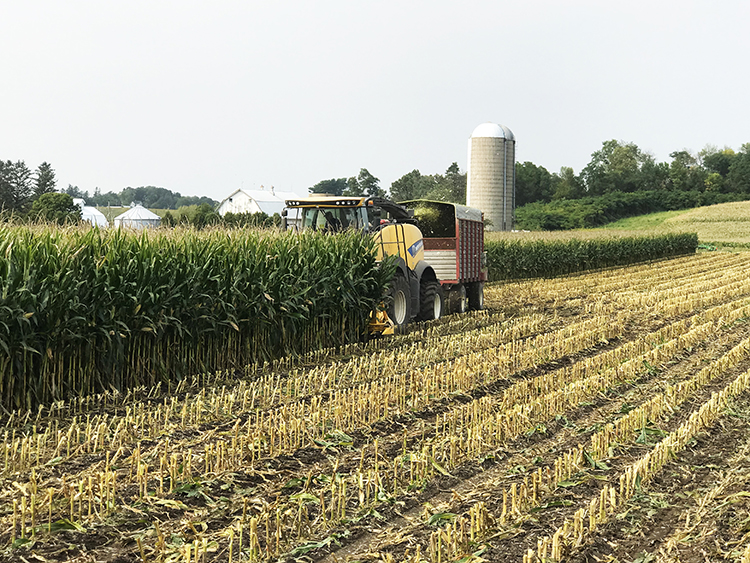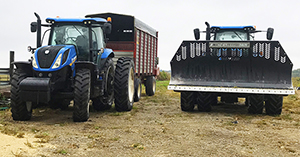
Something happens in a major way twice each year for farmers. For anyone who raises crops — whether to market them or to use them for livestock feed, which is what all our crops are used for — the beginning and end of planting and harvest are major milestones in the year. These milestones are accompanied by a gambit of emotions, ranging from stress and uncertainty to accomplishment and satisfaction.
In about one week’s time each spring and fall, every farmer gets the itch to start in on the next phase of fieldwork. It seems like everyone plays the waiting game and tries to be patient for the optimal conditions, but the minute one farmer is spotted planting, chopping or combining, all bets are off.
I grew up watching my dad talk to neighbors about getting a jump on the next crop-related task. On the steps outside our church, he would check in with other farming friends to see if they had started planting their corn yet; or, on drives to visit relatives, he would watch for people starting to cut the next crop of hay, chop silage, or pull the combines out of the shed to begin harvest.
While everyone’s weather conditions, soil types, seed choices, crop goals, available labor, storage options, and so much more vary greatly, farmers are no exception to peer pressure and the human nature of comparing ourselves to others.
This comparative tendency is a bit of a double-edged sword, in my opinion. On one hand, it’s helpful to watch and take note of how others are doing things in a competitive market, allowing for potential growth and learning opportunities. However, while it’s nice to have a gauge for comparing where we’re at, peer pressure in the farming world can be costly. Maybe we jump on the planting bandwagon too early and get a hard freeze that sets us back, or perhaps we start harvest too quickly, affecting the quality or yield of our crop. Regardless of the consequences (whether being positive or negative), I can’t deny that peer pressure regarding field work is definitely a reality.

Soon, we’ll go through the same debate and rollercoaster of emotions as we attempt to perfectly time combining corn, cutting final crops of hay, and harvesting our sorghum. And, as we work on 2021 harvest and look toward 2022 planting, there is no doubt that fieldwork peer pressure will continue to come and go as we try to navigate Mother Nature’s unpredictable weather obstacles and season changes. But, in true farmer nature, we will do the absolute best we can with what we have to produce quality food for our communities and our livestock.

The author dairy farms with her parents and brother near Hawkeye, Iowa. The family milks approximately 300 head of grade Holstein cows at Windsor Valley Dairy LLC — split half and half between a double-eight parallel milking parlor and four robotic milking units. In the spring of 2020, Molly decided to take a leap and fully embrace her love for the industry by returning full time to her family’s dairy.







